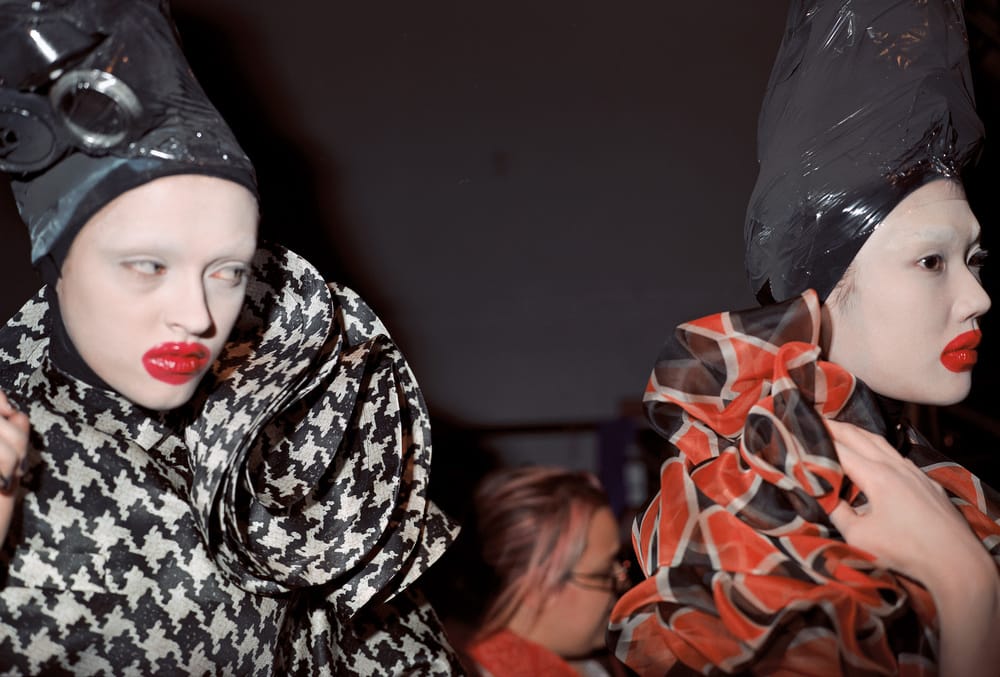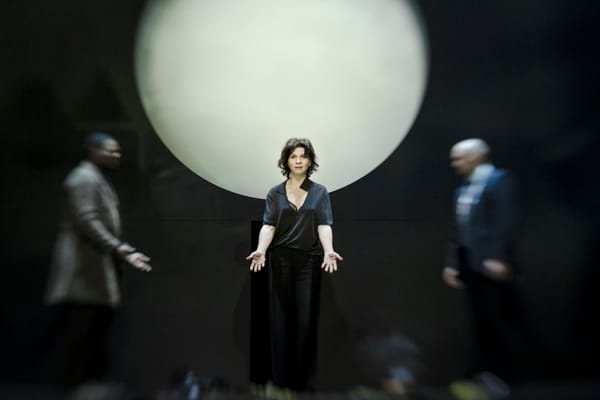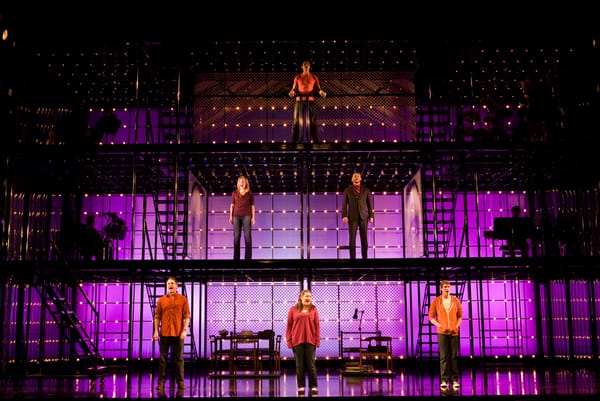A Fitting Legacy: Nick Waplington/Alexander McQueen – Working Process
Cécile Borkhataria visits the Tate Britain’s new photography exhibition, showcasing McQueen’s final collection

Last week, Nick Waplington’s photography exhibition of legendary fashion designer Alexander McQueen’s final collection opened at Pimlico’s Tate Britain. The exhibition, based on Nick Waplington’s book entitled Alexander McQueen: Working Process, features photographs of McQueen’s Fall 2009 collection – from inception to the runway show in Paris. The exhibition takes us on a tour of McQueen’s creative process, from initial concept sketches, all the way to his dramatic final show.
The collaboration started when Waplington was asked to come in and see Lee (Alexander McQueen) in 2007. McQueen wanted him to make a photo book about his working process for his Fall 2009 collection, entitled The Horn of Plenty! Everything and the Kitchen Sink. Lee knew of Waplington’s work and favoured his “dirty, messy style” of photography; he gave Waplington full creative control of the photography, telling him “do whatever you want, this will be your book and I will be the subject.” At the time, Waplington was involved with a big project in Jerusalem and asked McQueen if they could delay their artistic collaboration, but Lee insisted that it had to be the Fall 2009 season. This collection was important to McQueen because it was a retrospective exploration of his previous collections, a recycling of his ideas from the last 15 years of his career.
The show takes us on a tour of the creative process, from inital concept to final show
The book was an unconventional take on fashion books. Not only did Waplington take photo’s of McQueen’s creative process, but he also took pictures of landfill sites, and in particular recycling facilities, to further convey the collection’s recycling theme. Between the photographs of McQueen’s creative sketch boards and model fittings lie large canvases of landfill sites full of soda cans. Whilst the collection emphasised recycling, it also served as a social commentary to the recession at the time, and how society had reached this point through “rampant, indiscriminate consumption”. The irony lies in the garments themselves, which are made to look like they have been made of bin liners and broken records, when in fact they are made from the finest Italian silks. This follows McQueen’s undeniable penchant for the unconventional, whilst also respecting the traditional craftsmanship of haute couture. This representation of conflict throughout the collection is an uncompromising combination of love and hate, which is characteristically McQueen.
The irony lies in the garments, made to look like bin liners but made of fine silk
Walking through the gallery takes you through the collection’s chronological creative process, emphasising one of the greatest things about Waplington’s insightful images; they show that McQueen was heavily involved from the process from start to end, which is rarely seen in the fashion industry. First, he would create an ‘idea board’ where he assembled his creative vision for a piece with photographs, fabrics, and sketches. Then, he would cut patterns, pin them onto a model, and fit her into it at the end. Even when it came to final fittings, McQueen was there, kneeling down and perfecting hemlines down to the last detail. Waplington was sure to capture all of this, showcasing not only McQueen’s creative flair, but also his tailoring skills, which he learnt at the beginning of his career when working at a suit-tailoring boutique in London’s Savile Row.
In keeping with the theme of recycling, vintage McQueen pieces were remastered, such as his signature houndstooth check fabric, which was splattered with paint. Old pieces were taken apart and put back together again in different way; inside out, upside down, or completely restructured all together. Lee even used one of his own bespoke Savile row suits in the collection, which he cut and re-tailored to fit a woman. Not only did Lee recycle pieces from his previous collections, but he also brought back many people he worked with in previous years, including many models. He brought everything back into play again to signify a renewal.
We see not only McQueen’s creative flair, but also his tailoring skills
The collection saw a historic collaboration between McQueen and Philip Treacy to design eccentric hats that were tailor-made for specific outfits. The hats too, used recycled parts, such as washing machine hose piping and even dustbin lids. They served as an important tool in shaping the proportions of the models wearing them, who were made to look much like exaggerated illustrations. They were taller, longer, and leaner – a commentary on the unrealistic image of women that the fashion world portrays.
When the studio moved to Paris close to the show, the atmosphere became happy and at times stressful in the lead up. McQueen worked with big teams from whom he expected a lot, and there was a sense that everyone was working towards a common goal. The set design was complex, incorporating piles of rubbish and other debris, all underlining the theme of consumption and recycling. The show was also a challenge for the models, who had to wear very high heels, heavy hats, and complex clothes. In keeping with McQueen’s undercurrent of conflict throughout his collections, the models were made to look less feminine; red lipstick was smeared above and below their lips, creating an almost disturbing image of beautiful women. This served as a reminder of society’s obsession with physical appearance.
After the collection was shown, Lee and Waplington worked together in Waplington’s studio, where Waplington made 800 colour work prints by hand. Of these, Lee and McQueen selected 254 to feature in the book.
They finally finished in November 2009, and three months later Lee died.
To this day McQueen’s pieces provoke the reactions desired from the public
For Waplington, it was a huge privilege to work with Lee and gain complete, unadulterated access to the creative working process in his studio, which he rarely opened to others. Lee’s choice of title, The Horn of Plenty, was a statement about the planet and its finite resources, of consumption and economic prosperity, of the recession and the impossibility of infinite growth. It was a reflection of modern society and a retrospective of his previous collections, bringing them all together in his final collection. As there continue to be new exhibits and commentaries on McQueen’s revolutionary work, he lives on as a fashion and artist. To this day, McQueen’s pieces provoke the reactions he desired from the public – for them to look at it and say: “What’s that? What’s that? What’s that? What the hell is that?”
Nick Waplington/Alexander McQueen: Working Process is on at the Tate Britain, until 17th March 2015.
Tickets are £14.50 adults; £12.70 students. Available online.








